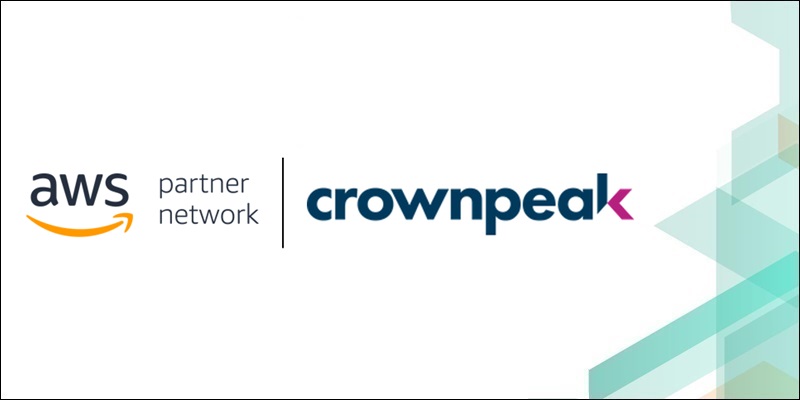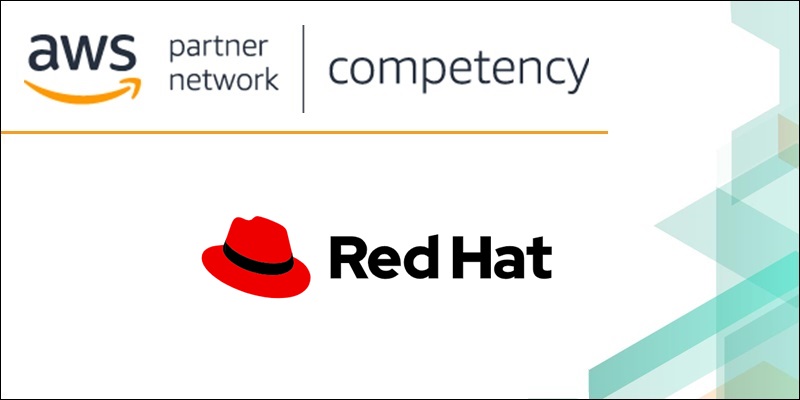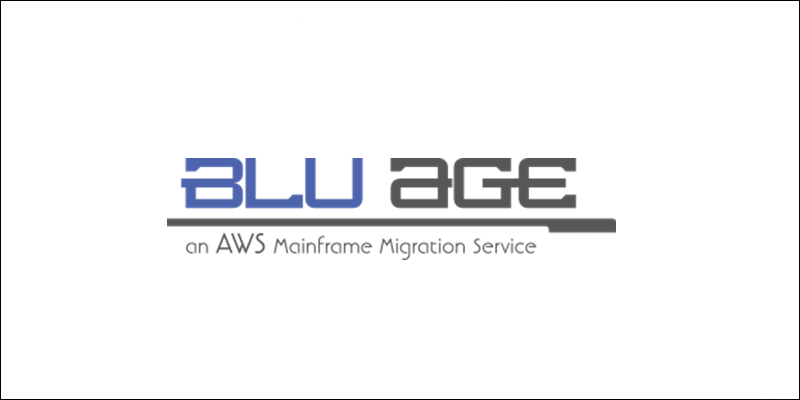AWS Partner Network (APN) Blog
Category: AWS Marketplace
Optimizing Customer Experiences for Speed Using AWS and Crownpeak
One of the biggest obstacles for brands today is improving the performance of their digital properties. While much of today’s marketing technologies leverage modern advances in cloud computing, many of the technologies powering digital properties (web and mobile sites) still use the prior generation of server-based technologies. Learn how to modernize your digital technology stack with Crownpeak to optimize customer experiences for speed, and ultimately improve performance for your brand.
How to Visualize and Monitor Your AWS Container Fleet with Datadog
To fully leverage the versatility and scalability of containers, you need a monitoring solution capable of providing clarity into a highly dynamic environment comprising thousands (or even tens of thousands) of ephemeral containers. Learn how Datadog provides visibility into dynamic, ephemeral container workloads running on Amazon EKS, a service that makes it easy for you to run Kubernetes on AWS without needing to install and operate your own Kubernetes clusters.
Monitoring Microservice-Based Cloud Applications Using Distributed Tracing
As application complexity increases, the debugging process in production environments gets more complicated as well. AWS understands this challenge and includes tracing tools in its cloud services. For instance, AWS X-Ray helps developers analyze and debug distributed applications, such as those built using a microservices architecture. Epsagon specializes in automated tracing for cloud microservices, providing automated end-to-end tracing across not distributed AWS services.
Enabling Customer Attribution Models on AWS with Automated Data Integration
Attribution models allow companies to guide marketing, sales, and support efforts using data, and then custom tailor every customer’s experience for maximum effect. Combined together, cloud-based data pipeline tools like Fivetran and data warehouses like Amazon Redshift form the infrastructure for integrating and centralizing data from across a company’s operations and activities, enabling business intelligence and analytics activities.
Managing Red Hat Enterprise Linux Systems on AWS with Red Hat Insights
Red Hat Insights helps you manage Red Hat Enterprise Linux (RHEL) Systems on AWS by analyzing physical, virtual, container, and hybrid private and public cloud environments, comparing them to more than 1,000 rules. These rules identify potential threats that could lead to business disruptions. Insights scans your environments daily, summarizes any identified risks in its dashboard, and provides remediation steps for those risks.
How Sisense Simplifies Complex Data Analytics for Analysts and Developers
Organizations these days are inundated with data. Learn how engineers and analysts can handle the critical challenges of gaining insights from large and complex data sources while also democratizing data for improved adoption across the organization. The Sisense platform simplifies end-to-end data and analytics, reducing time-to-insights by empowering data and IT teams to build advanced data models and perform advanced analysis for their needs.
How to Use Xplenty with AWS KMS to Provide Field-Level Encryption in ETL Data Processing
Enterprises often choose to mask, remove, or encrypt sensitive data in the ETL step to minimize the risk of sensitive data becoming stored, logged, accessible, or breached from their data lake or data warehouse. Xplenty’s ETL and ELT platform allows customers to quickly and easily prepare their data for analytics using a simple-to-use data integration cloud service. Xplenty’s global service uses AWS KMS to create and control the keys used to encrypt or digitally sign your data.
Leveling Up Your Alerting Workflow with Thundra’s Deep Instrumentation Capabilities
Serverless architectures allow application teams to build applications quickly without worrying about any of the underlying servers. Thundra’s cloud-native observability and security tool helps you test, debug, monitor, troubleshoot, and secure AWS Lambda functions, containers deployed by services like AWS Fargate, and their environments composed of managed or unmanaged services. Walk through a sample alerting scenario and learn how Thundra helps pinpoint and resolve the problem.
Automated Refactoring from Mainframe to Serverless Functions and Containers with AWS Blu Age
Mainframe workloads are often tightly-coupled legacy monoliths with millions of lines of code, and customers want to modernize them for business agility. Manually rewriting a legacy application for a cloud-native architecture requires lots of re-engineering. See how AWS Blu Age transformed a typical mainframe CICS application to AWS containers and AWS Lambda functions. You’ll also learn how to increase mainframe workload agility with refactoring to serverless and containers.
Enabling AWS Single Sign-On (SSO) Service Integration with Databricks Control Plane
AWS Single Sign-On makes it easy to centrally manage SSO access to multiple AWS accounts and business applications. You can use AWS SSO to create and manage users centrally and grant access to AWS accounts and business applications, such as Databricks. Instead of having to sign in separately to Databricks Control Plane and other business applications, with this configuration enabled users can access Databricks with their corporate credentials using AWS SSO.









